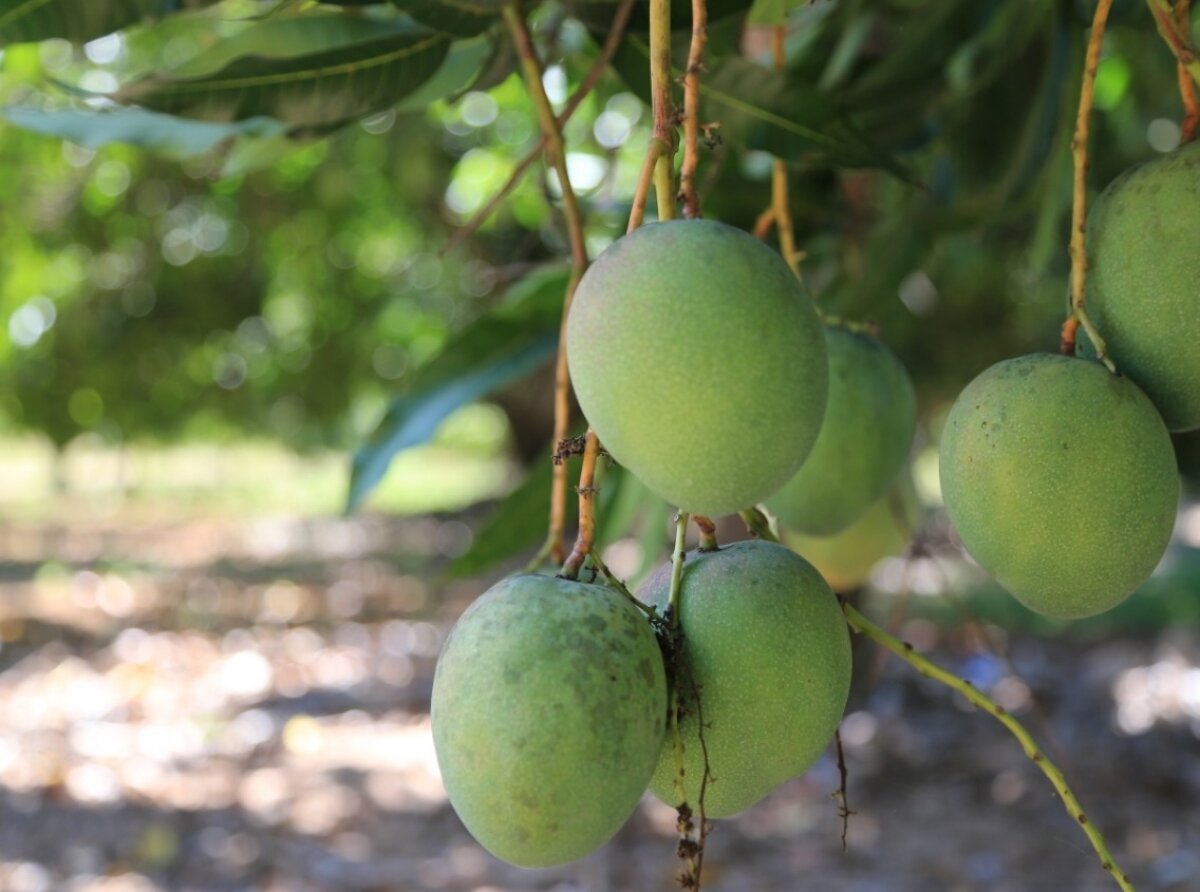Currently there is a opportune moment for mangoes of the Jalisco Coast to have a more attractive profile by improving their sanitary status, and with that finding better market niches.
In this regard, the head of the office of the Jalisco Ministry of Agriculture and Rural Development (SADER,) Salvador Álvarez García, said that fortunately there is consensus in the production chain for a frontal operation against the presence of the fruit fly, so that in the near future this plague will have parameters outside of a free zone.
The leader of the Jalisco Mango Product System, Jorge Sánchez, stated that recently proposals were made to the competent agencies, obtaining very favorable responses.
He asserted that what is intended is to establish a formal program with defined goals and times so that the Jalisco mango has the recognition of being produced in an area free of fruit flies, which in addition to opening more attractive markets, it would also lower production costs by stopping the expense of the hydrothermal treatment of the fruit.
He indicated that subject to what is determined by the authority, an initial goal of an insect free zone would be an area of 3,500 hectares that will be recognized within a certain period.
In the mango cutting season this year, he said that there was an unfortunate period, due to, in the first instance, the problem of the drought that reduced crop and fruit size, so its price is punished in the fresh fruit market.
Later, when the production of late variety fruit came, the impact of the hurricanes wiped out much of the marketable supply of the recent summer.
Sánchez added that in the case of his producers' organization in Tomatlán, if 100 shipments had been marketed a year ago, in the recent season only 46 were mobilized, which reveals the drop in production.
Mango has been cultivated since 1960 in the Costa de Jalisco region. It is currently the main commercial fruit crop with a potential area of approximately 7,185 hectares distributed, most notably, in the municipalities of Cihuatlán, La Huerta, and Tomatlán.
For this 2021 season, a production of 96,000 tons is contemplated, with most of the fruit destined for export.

